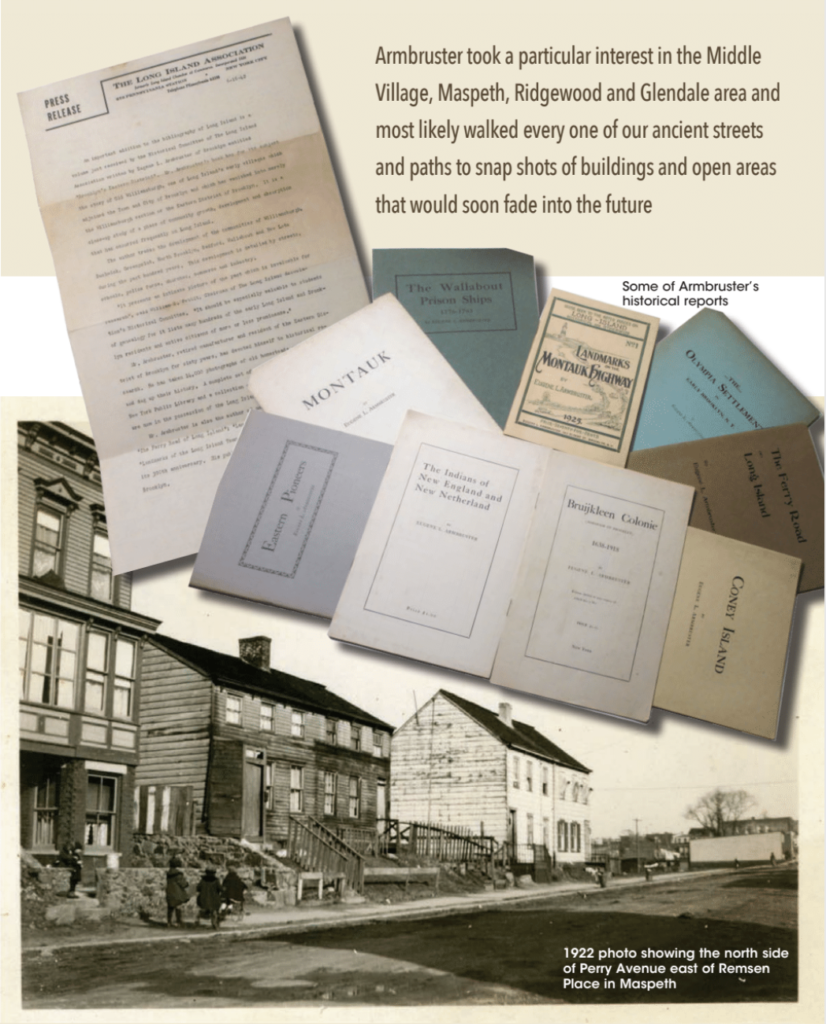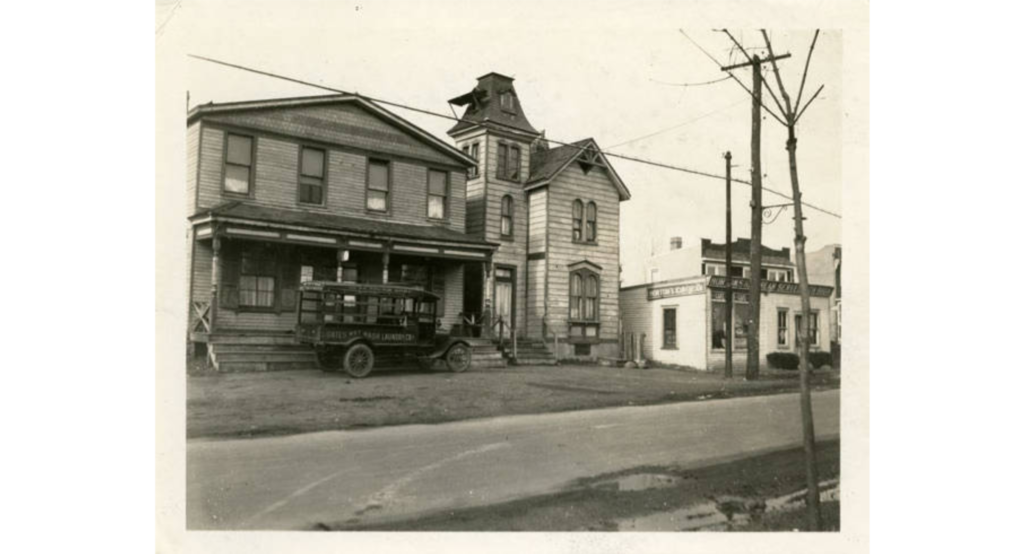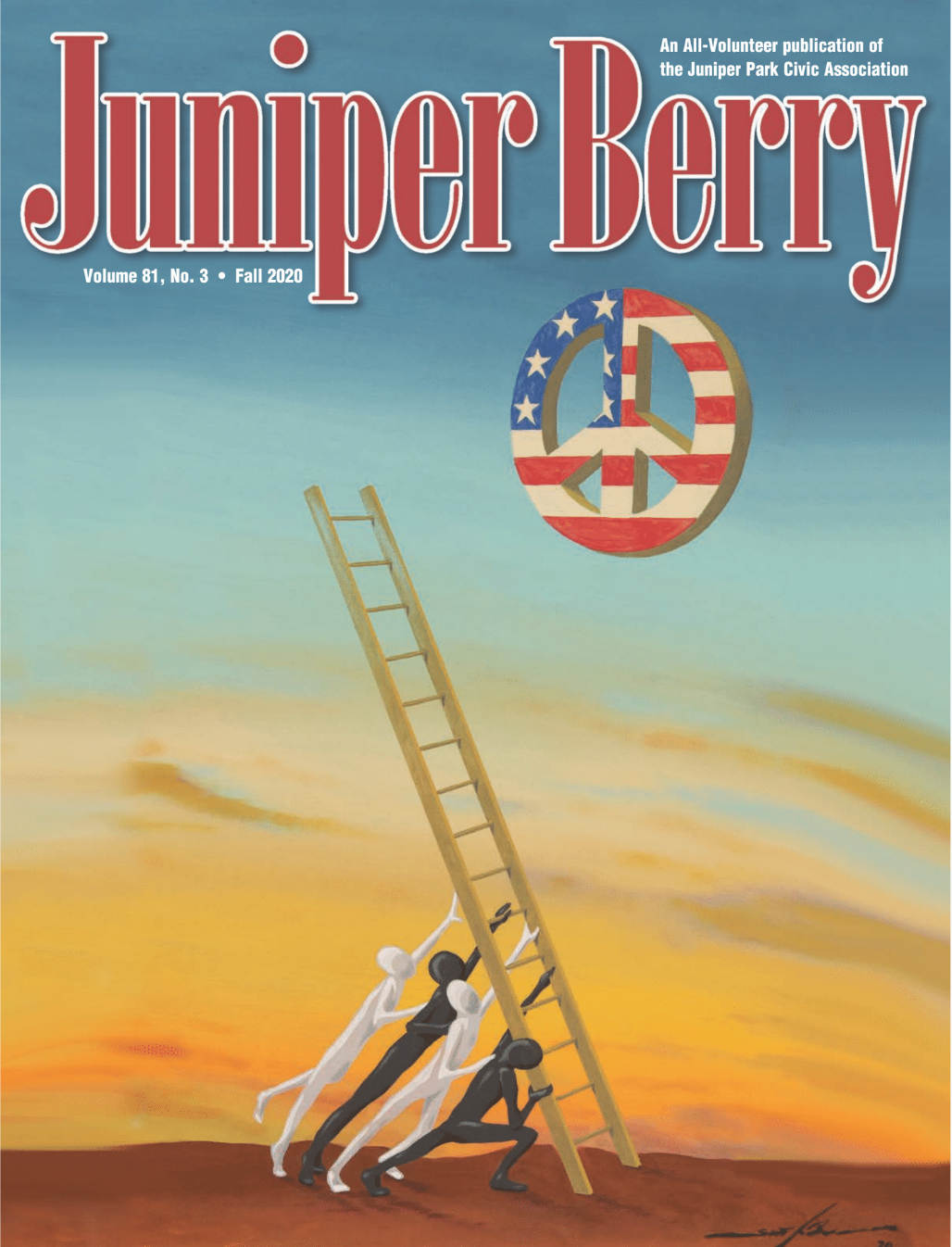The last issue of the Juniper Berry contained an article about New Arnheim that was adapted from Eugene L. Armbruster’s “Brooklyn’s Eastern District”. The preface to the book contains a truism that was prescient considering the tome is now 108 years old:
“A quarter century hence the present Williamsburgh will have been raised and the ground of Old Williamsburgh will have been dug up and carted away. A goodly portion of the State of Maine and Westchester County, in the form of granite blocks used in the erection of large structures will have replaced that ground. There will be nothing left of Old Williamsburgh but the story of life, preserved by these pages & then the book will be fully appreciated.”
It can be accurately said that this is now true of most of New York City including our small portion of Queens.
Eugene Armbruster was a remarkable man. Born in Baden-Baden, Germany, during the summer of 1865, he immigrated to our city in 1882 and went to work for H. Henkel Cigar Box Company on Monroe Street in Brooklyn of which he and his brother eventually became proprietors. He married Julia Meury, who came from a prominent Manhattan family, and they raised a son and daughter in their home on Bushwick’s Eldert Street. Julia passed away in 1918 and Armbruster retired from his company in 1920. He then devoted much of his remaining years to historical research.
Armbruster was fascinated and consumed by the history of the city, especially Brooklyn and Queens, and he chronicled the passing of time in Photographs of structures, farms houses of worship that were disappearing ate an alarming pace. Queens alone accounted for over 2,500 of his photos. In 1915 he also started writing a column entitled “Old Timer” for the Brooklyn Eagle newspaper. Many of you might remember a version of “Old Timer” that appeared in the old Ridgewood Times written by George Miller and Bob Eisen. The column still makes an occasional appearance in the current QNS newspaper.
An amateur photographer, he began taking photos in the mid 1890s and ceased in about 1939 when cataracts prevented him from using his camera. Many of his photos are available on-line at Queens Library, Brooklyn Historical Society and New York Historical Society digital archives.
Armbruster took a particular interest in the Middle Village, Maspeth, Ridgewood and Glendale area and most likely walked every one of our ancient streets and paths to snap shots of buildings and open areas that would soon fade into the future.
He also published many historical monographs about Native Americans, history, early settlements as well as primitive language. He even published a guide book to historical Long Island landmarks. Quite a few of these lengthy pamphlets were for local banks and businesses.

After Armbruster’s eyesight fell victim to cataracts, he continued to write about local history. He passed away from pneumonia in September of 1943 at the age of 78. He is interred with his wife and daughter in All Faiths (Lutheran) cemetery. He is a well-respected amateur photographer and historian. His works are prized by historical societies, museums and libraries.




